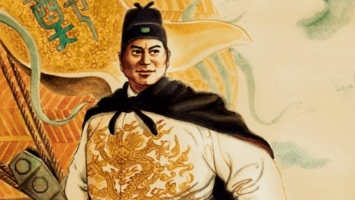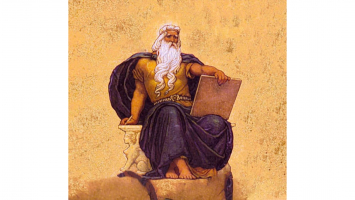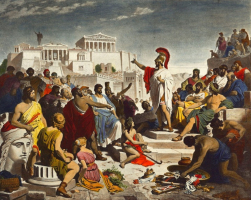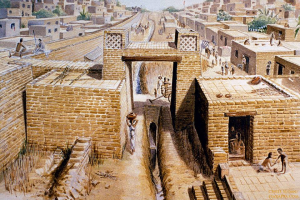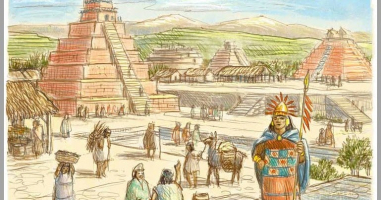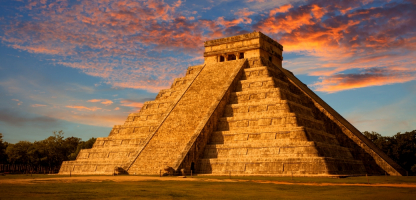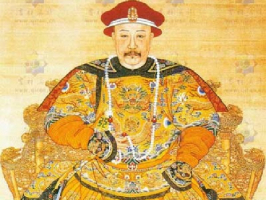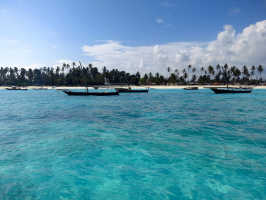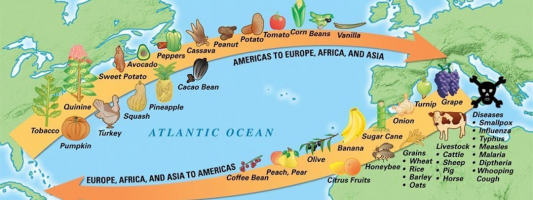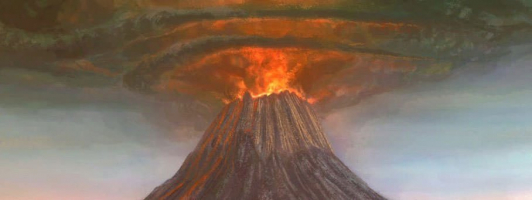Top 5 Interesting Facts About The Ganges River
The Ganges, also known as the Ganga in India, is a river that runs across India and Bangladesh. It is India's longest river, formed by the confluence of the ... read more...rivers Bhagirathi and Alaknanda. For more than two millennia, the Ganges has played an important role in Indian civilisation, supporting its inhabitants through water and fertile plains, among other things. If you want to know some facts about the Ganges River, here comes top 5 interesting facts about it!
-
One of the most interesting and mysterious facts about the Ganges river is according to myth, it was created through the feet of Lord Vishnu.
Asuras were described as formidable demigods in ancient Indian scriptures. According to legend, Bali Chakravarthy was an Asura king and a devout follower of Lord Vishnu, one of the three most essential Gods in Hinduism, along with Brahma and Shiva. Bali had grown very strong, and feeling threatened, Lord Indra, the monarch of the sky, requested Vishnu's assistance in keeping his throne. Bali was getting ready to do a yajna (ritual). During such occasions, rulers frequently gave Brahmins anything they asked for. Vishnu appeared on Earth as a tiny Brahmin in the kingdom of Bali. Despite being informed of the actual character of this dwarf, Bali wanted to uphold his word and give the Brahmin whatever he desired, which was three steps measured by his foot. The little Brahmin grew to become a giant. In his first stride, he measured the ground, and in his second, he surveyed the heavens. Nothing remained for the third phase. The humiliated monarch surrendered his head, and the Brahmin pushed Bali to Patala Loka (lower world). By washing Lord Vishnu's feet, Lord Brahma gathered holy water in a container, which settled as Ganga (the Ganges) in Brahmaloka, the highest spiritual kingdom.
Because of this myth, Ganges is also known as Vishnupadi - "originating from Vishnu's lotus feet."
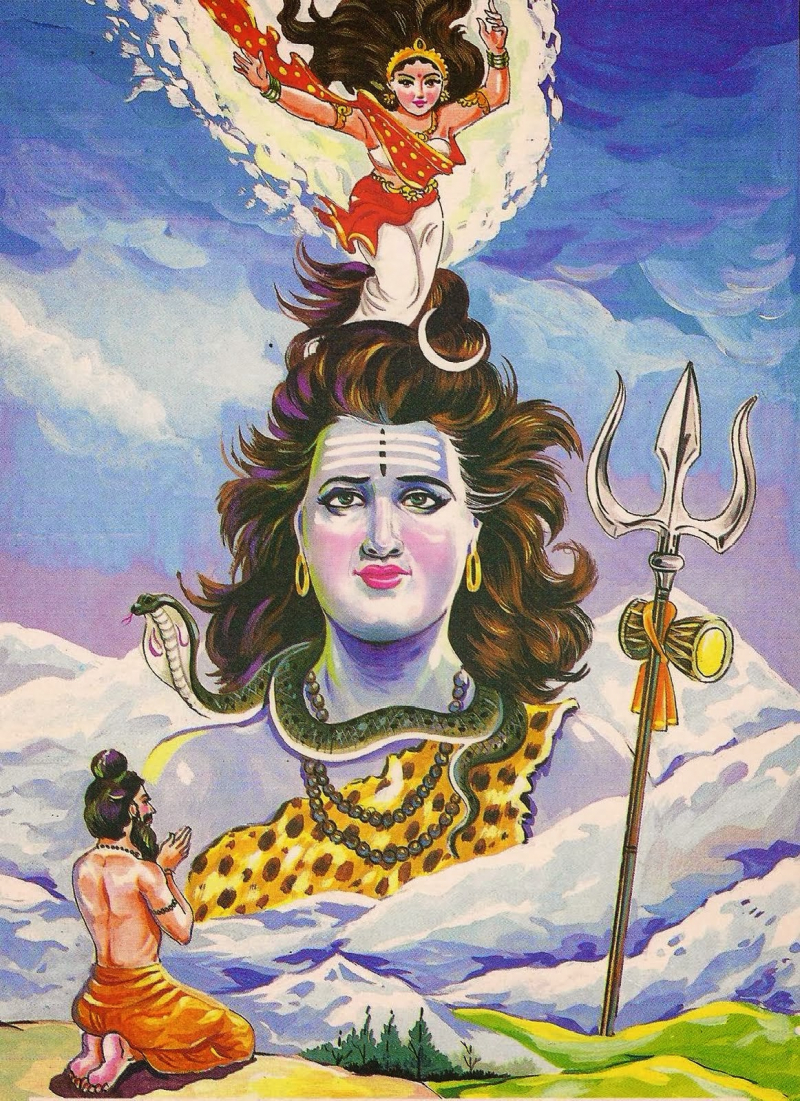
Photo: Hindu Devotional Blog 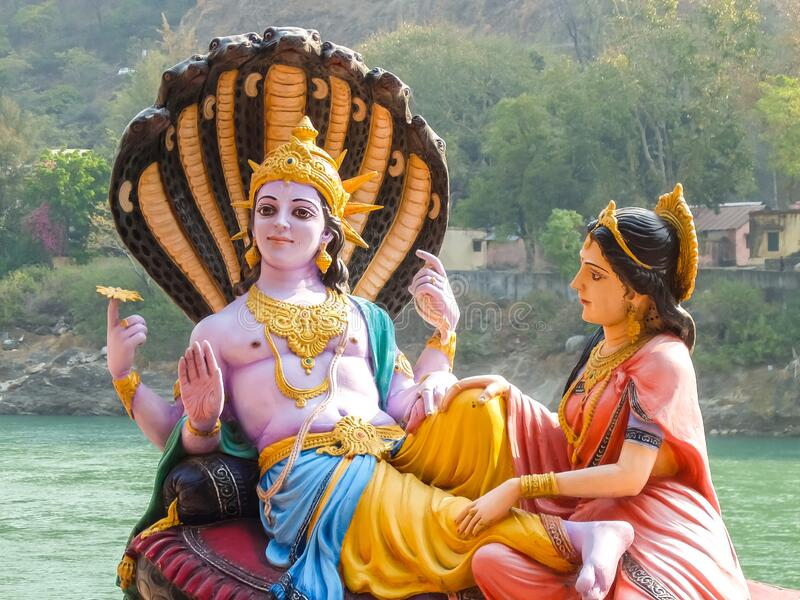
Photo: Dreamstime -
The second interesting fact about the Ganges is that it was mentioned many times in ancient Indian literature.
The Vedic Age (c. 1500 - c. 500 BCE) was a time in Indian subcontinent history that began at the end of the Indus Valley Civilization and before the second urbanization in the middle Indo-Gangetic Plain. It is called after the four Vedas, Hinduism's earliest writings. One of the four great ancient civilizations, the Indus Valley Civilization, was founded on the rivers Indus and Sarasvati. The Rig Veda, one of the oldest existing scriptures in any Indo-European language, so emphasizes Indus and Sarasvati, while the Ganges is referenced as well. The fall of the Indus Valley Civilization in the early second millennium BC indicates the transition of the Indian civilization's center of gravity from the Indus basin to the Ganges basin. As a result, the Ganges is given far more prominence in the latter three Vedas. The narrative of Ganga is recorded in ancient Indian scriptures such as the Ramayana, the Mahabharata, and various Puranas. Goddess Ganga is the wife of Shantanu and the mother of the legendary warrior-patriarch Bhishma in the Mahabharata. Throughout ancient Indian literature, there are countless additional legends about the Goddess Ganga.
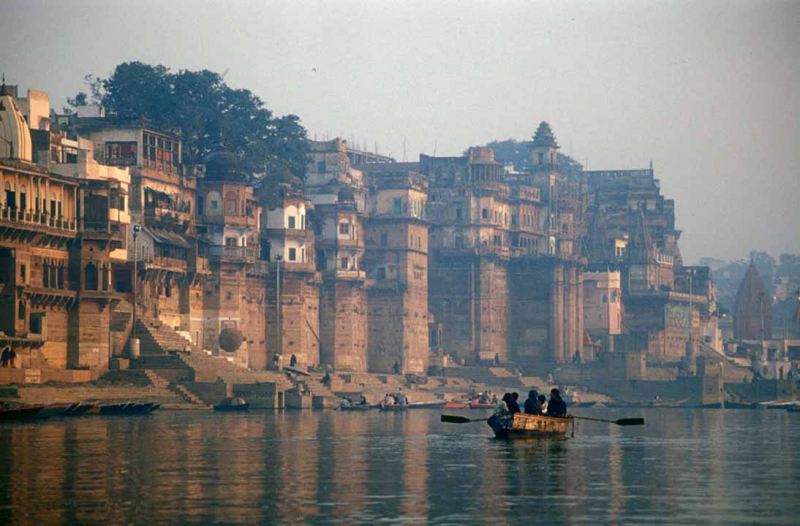
Photo: Wikipedia 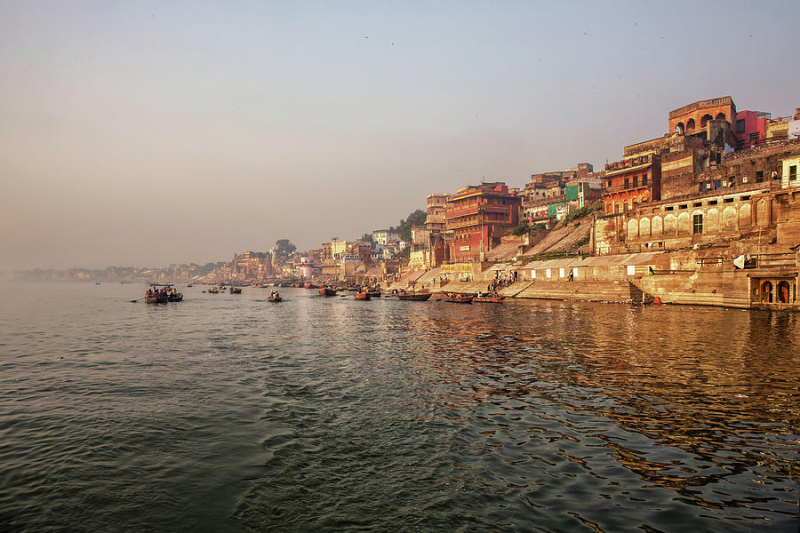
Photo: Wikipedia -
The Ganges River is thought to be home to 350 different fish species. A total of 143 fish species were reported in a large 2007-2009 survey. Cypriniformes (barbs and allies), Siluriformes (catfish), and Perciformes are the most varied orders (perciform fish). Each of them accounts for around 50%, 23%, and 14% of the total fish species in the drainage, respectively. Apart from fish, the Ganges is home to a variety of crocodiles, including the gharial (Gavialis gangeticus) and the mugger crocodile (Crocodylus palustris). The freshwater Ganges river dolphin is the most well-known Ganges faunal component (Platanista gangetica gangetica). It is one of only five real freshwater dolphins in the world, found largely in the Ganges and Brahmaputra rivers and their tributaries. Furthermore, the Indian government has designated the Ganges river dolphin as the National Aquatic Animal. Aside from these, the river is known to contain a variety of bird species that are unique to India. Unfortunately, several of these species, like the Ganges river dolphin, have declined or are on the verge of extinction owing to a variety of reasons, including river pollution and human activity such as dam construction.
When you are asked the national aquatic animal in India, which animal do you think of? We quitely sure that this given fact surprised you a lot, right?
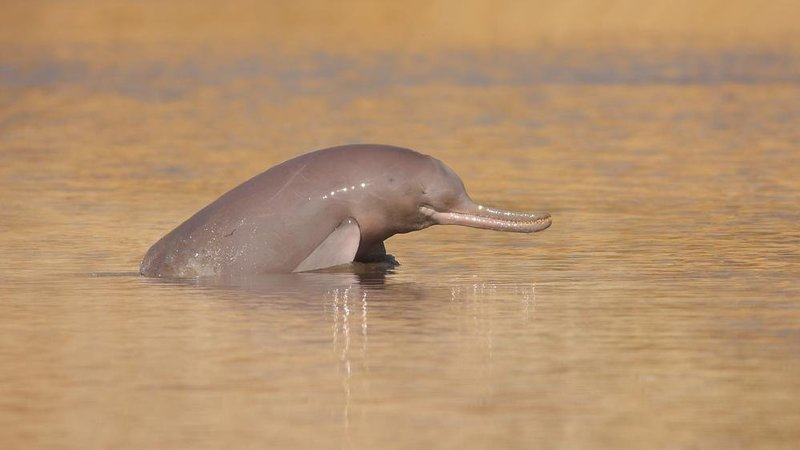
Photo: change.com 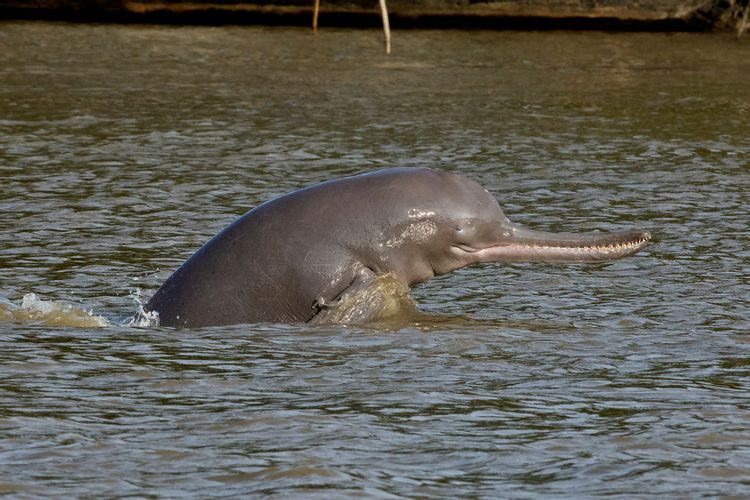
Photo: Edge of existence -
Do you ever think that you will wash away your sins by bathing? It is an interesting fact that if you do it in the Ganges, your sins will be faded away!
The Ganges River has been regarded sacred and the holiest of all rivers in Hinduism since time immemorial. It is personified as the Goddess Ganga, and it is thought that bathing in the river brings good fortune, enables sins to be forgiven, and aids the attainment of moksha (liberation from the cycle of life and death). In Indian tradition, the Goddess Ganga is frequently represented with four hands and riding on her vahana (vehicle), the Makara, an animal having the head of a crocodile and the tail of a dolphin. Along the Ganges, there are several religious sites, including Gangotri, Haridwar, Allahabad, Varanasi, and Kali Ghat. The Kumbh Mela is a large Hindu pilgrimage held in four cities: Haridwar, Prayag, Ujjain, and Nashik. The Ganges River has been regarded sacred and the holiest of all rivers in Hinduism since time immemorial. It is personified as the Goddess Ganga, and it is thought that bathing in the river brings good fortune, enables sins to be forgiven, and aids the attainment of moksha (liberation from the cycle of life and death).
In Indian tradition, the Goddess Ganga is frequently represented with four hands and riding on her vahana (vehicle), the Makara, an animal having the head of a crocodile and the tail of a dolphin. Along the Ganges, there are several religious sites, including Gangotri, Haridwar, Allahabad, Varanasi, and Kali Ghat. The Kumbh Mela is a large Hindu pilgrimage held in four cities: Haridwar, Prayag, Ujjain, and Nashik. It is held on the banks of the Ganges in Haridwar, and at Allahabad, where the Ganges meets the Yamuna and the unseen Sarasvati. In 2013, an estimated 120 million people attended the Kumbh Mela in Allahabad, with over 30 million attending on a single day. The Kumbh Mela is the world's biggest peaceful gathering and is known as the "world's greatest congregation of religious pilgrims."
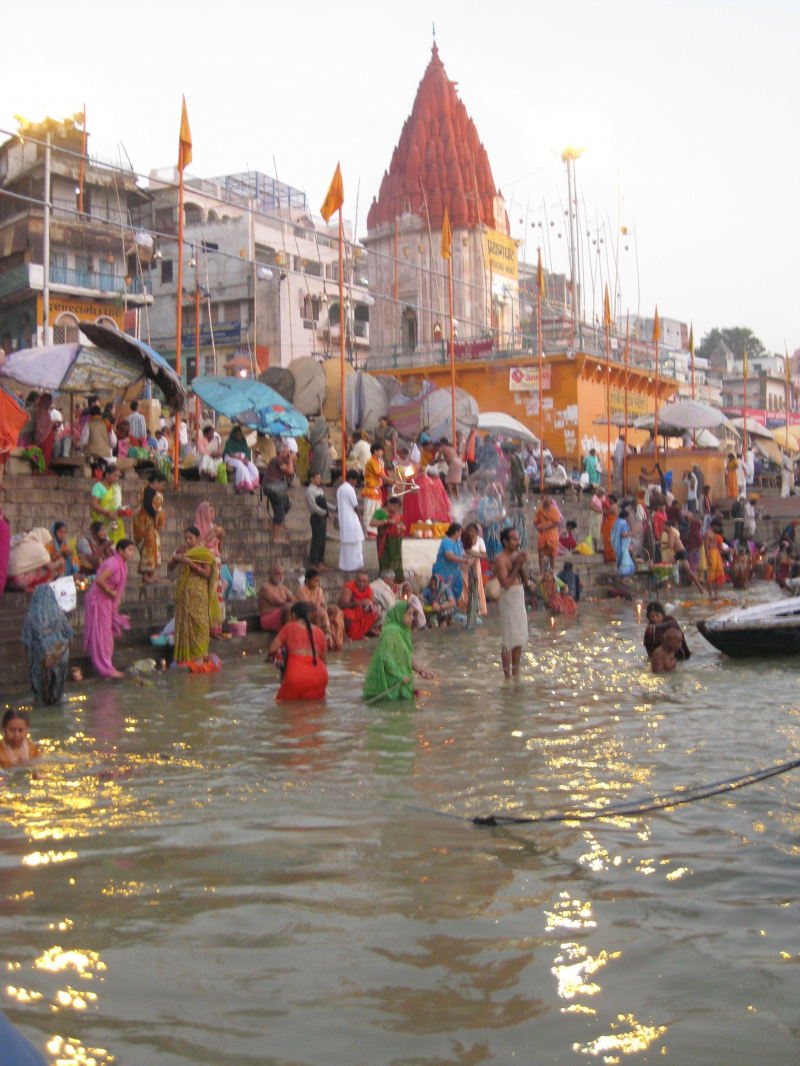
Photo: Pinterest 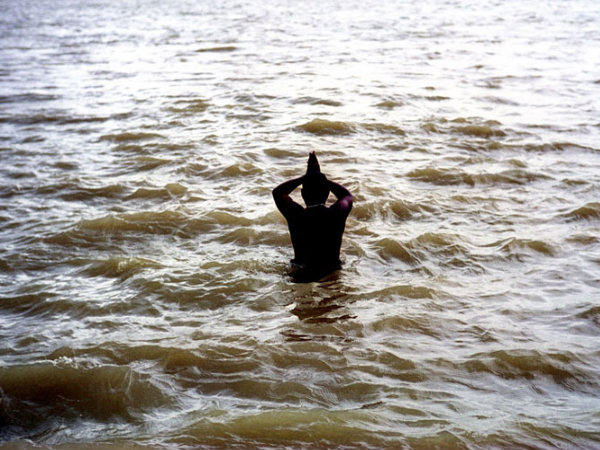
Photo: NativePlanet -
Last but not least, this last interesting fact about the Ganges will broaden your mind about this wonderful river. The fact is that the Ganges has a higher percentage of antibacterial agents.
Apart from agriculture, people living near the Ganges rely on it for fishing, transportation, hydroelectricity generation, and drinking water. The river serves an estimated population of 500 million people, which is greater than any other river in the world. It serves almost 40% of India's population throughout 11 states. The Ganges is also used for tourism and relaxation. During big pilgrimage years, it is claimed that locations on the river's banks in the states of Uttar Pradesh and Uttarakhand alone have received over 230 million pilgrims, producing millions of dollars in income. Bacteriophages are viruses that infect and destroy bacteria, and they might be a viable alternative to antibiotics. Because they are very strain specific, they are virtually harmless to humans. Because the Ganges has more bacteriophages than any other river in the world, its water has self-cleaning and healing capabilities. This was found in 1896 by British bacteriologist Ernest Hankin while researching the unusual anti-bacterial powers of the Ganges.
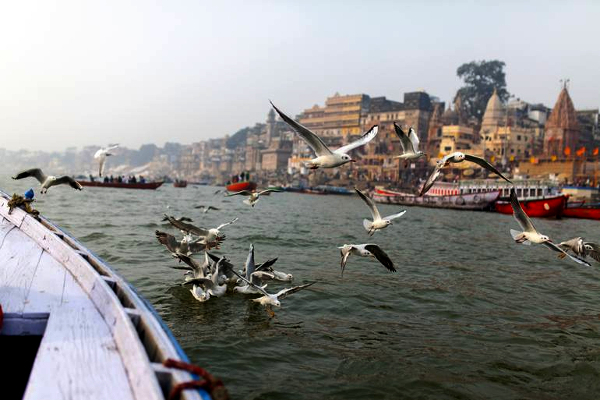
Photo: deharmarshethra 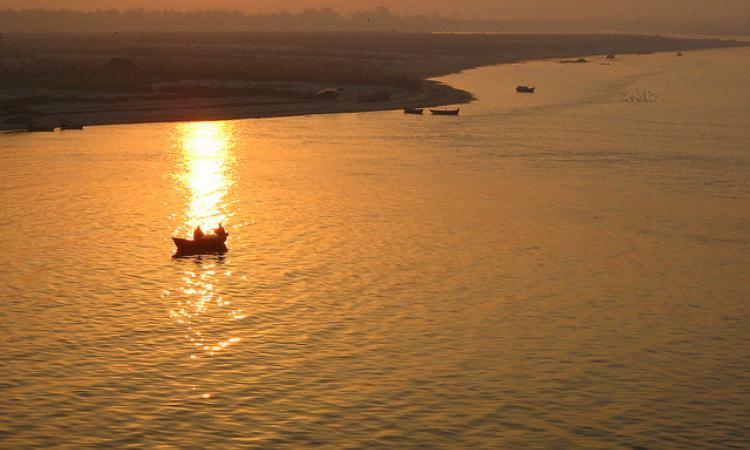
Photo: indiawaterportal







